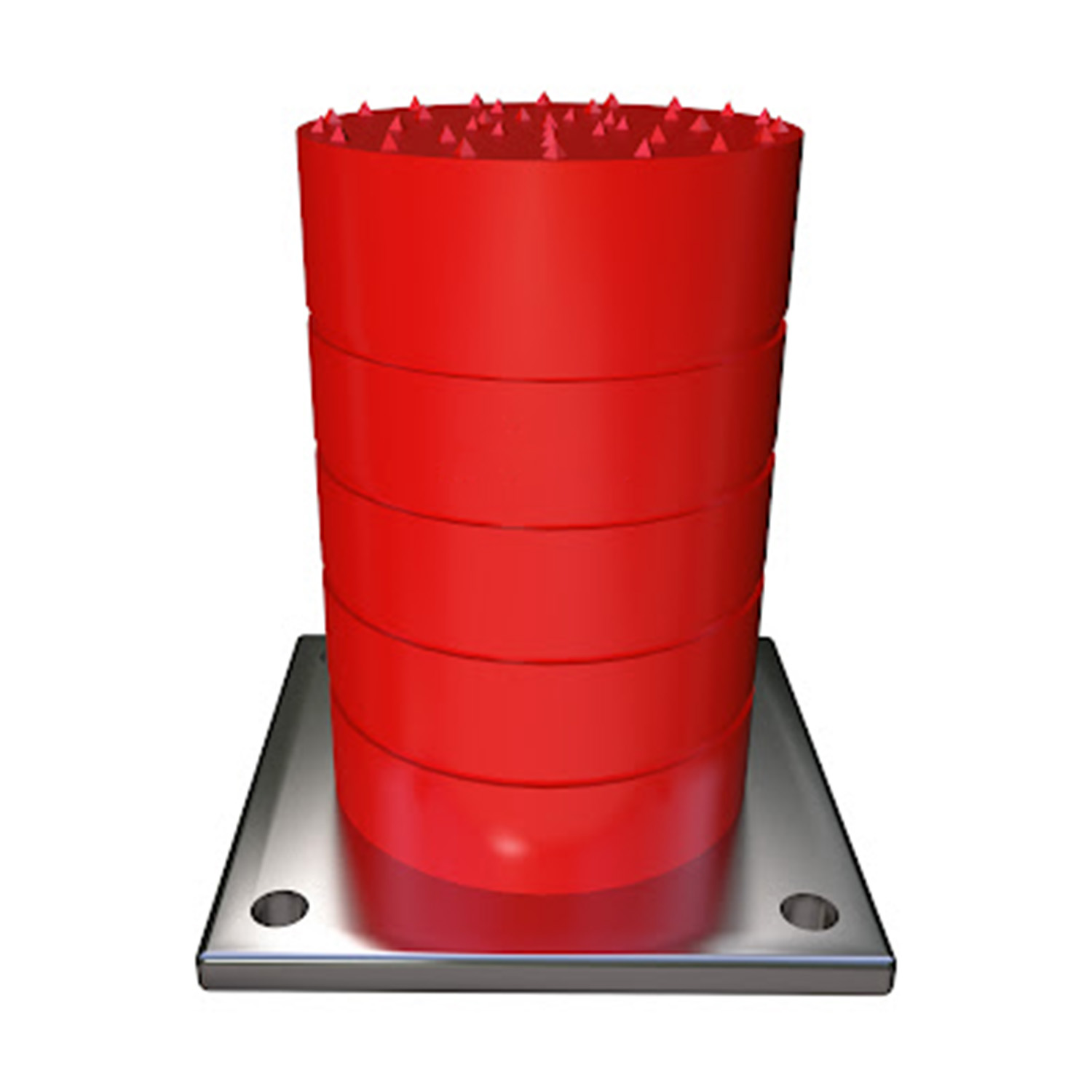Elevator PU Buffers: Construction, Function, and Importance
Elevator
PU Buffers, also known as elevator shock absorbers or elevator safety
buffers, are crucial safety components in elevator systems. They are designed
to absorb kinetic energy and cushion the impact in the event of emergency
situations such as sudden stops, over-speeding, or elevator car runaways.
Here's a detailed breakdown of their construction, function, and importance:
Construction:
Elevator
PU Buffers typically consist of the following components:
1.
Polyurethane (PU) Material: The
primary material used in elevator buffers is polyurethane, known for its
durability, resilience, and ability to absorb energy. PU buffers are preferred
due to their excellent shock-absorbing properties and resistance to wear and
tear.
2.
Steel Housing: The PU
material is encased within a sturdy steel housing or casing, providing
structural support and protection against external forces.
3.
Mounting Brackets: Buffers are
typically equipped with mounting brackets or flanges for secure attachment to
the elevator car frame or guide rails.
Function:
The main
function of Elevator PU Buffers is to absorb and dissipate kinetic energy
generated during emergency situations, thus preventing damage to the elevator
system and ensuring the safety of passengers. Here's how they work:
1.
Absorption of Kinetic Energy: When an
elevator experiences a sudden stop or over-speeding event, the kinetic energy
generated by the moving mass of the elevator car is transferred to the buffer.
2.
Compression of Polyurethane Material: The
polyurethane material within the buffer compresses under the force of impact,
absorbing the kinetic energy and converting it into heat.
3.
Cushioning Effect: As the PU
material compresses, it slows down the deceleration of the elevator car,
providing a cushioning effect that reduces the severity of the impact on
passengers and the elevator structure.
4.
Restoration of Elevator Operation: After
absorbing the energy and cushioning the impact, the elevator PU buffer helps
bring the elevator car to a controlled stop, allowing for safe evacuation of
passengers and preventing damage to the elevator system.
Importance:
Elevator
PU Buffers play a critical role in ensuring the safety, reliability, and
performance of elevator systems. Here are some key reasons for their
importance:
1.
Passenger Safety: Buffers
protect passengers from injury during emergency situations by minimizing the
impact force and decelerating the elevator car safely.
2.
Elevator Protection: By absorbing
and dissipating kinetic energy, PU buffers prevent damage to the elevator
system, including the car, counterweights, guide rails, and other components.
3.
Compliance with Regulations:
Elevator PU Buffers are mandated by safety regulations and standards such as EN
81 and ASME A17.1, ensuring that elevator installations meet stringent safety
requirements.
4.
Reliability and Longevity:
Properly functioning buffers contribute to the overall reliability and
longevity of elevator systems, reducing maintenance costs and downtime
associated with repairs.
5.
Customer Confidence: Elevator PU
Buffers demonstrate the commitment of elevator manufacturers and service
providers to safety and quality, building trust and confidence among passengers
and building owners.
Conclusion:
In
summary, Elevator PU Buffers are essential safety devices that protect
passengers and elevator systems from the potentially hazardous consequences of
emergency situations. Their ability to absorb kinetic energy and cushion
impacts makes them indispensable components in modern elevator installations,
ensuring smooth and safe operation under all conditions. Regular inspection,
maintenance, and replacement of buffers are essential to uphold the highest
standards of safety and performance in elevator systems.

 }})
